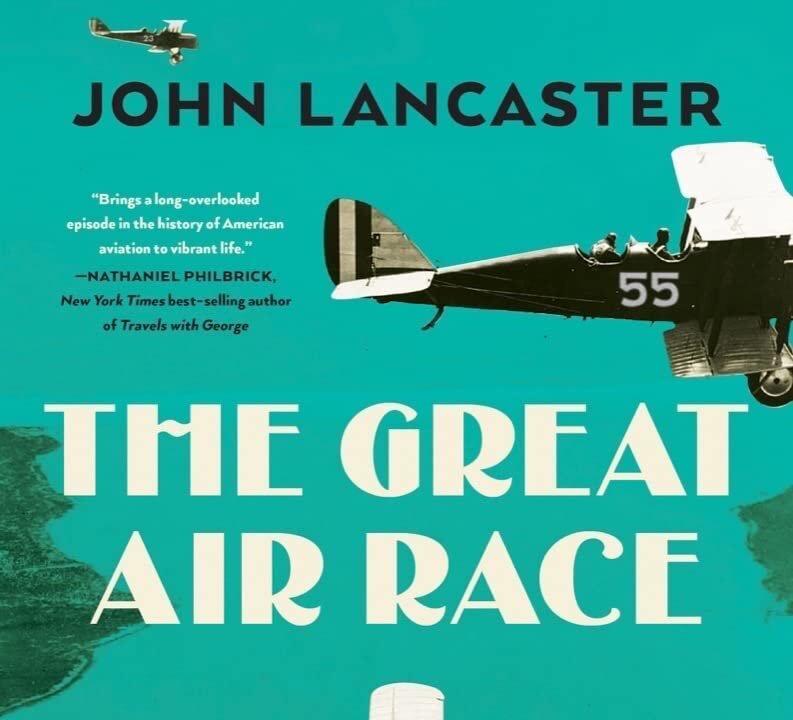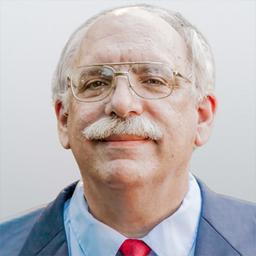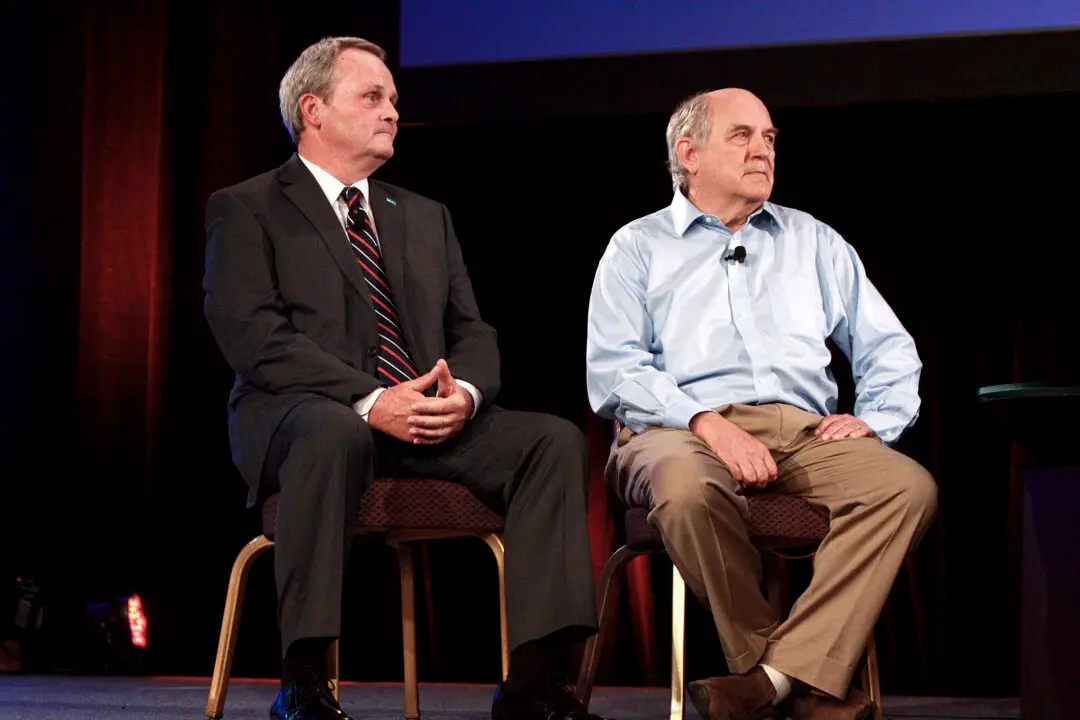In 1903, America led the world in aviation. By 1919, its aviation industry was lagging behind other nations. Europe was beginning commercial airlines, but in the much larger United States, aviation seemed limited to aerial entertainment. Americans appeared to be losing interest in aviation.
“The Great Air Race: Glory, Tragedy, and the Dawn of American Aviation,” by John Lancaster, recounts an almost forgotten 1919 transcontinental air race. Hosted by the Army Air Service and limited to military pilots, it was billed as a demonstration of capability rather than a race. It attempted to revive America’s aviation industry.






